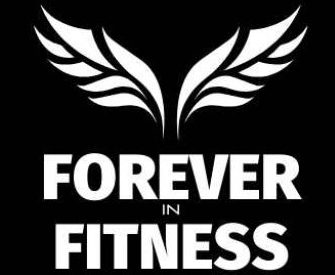If you’re someone with experience in fitness or if you’re a beginner looking to get into shape, chances are you’re familiar with the concept of calisthenics.
For centuries, a form of exercise that offers numerous benefits to your overall strength and fitness has existed. It is highly likely that this exercise is already integrated into your regular routine.
Calisthenics workouts are highly beneficial for individuals who are just starting their fitness journey and can be extremely valuable in learning how to initiate a workout routine. Moreover, for those who already possess some level of fitness experience, there is a wide range of advanced calisthenics exercises available to effectively push their strength to new limits. In this article, we will delve deeper into the concept of calisthenics, exploring its advantages, debunking misconceptions, and providing guidance on getting started. If you want to further integrate calisthenics into your workout routines, consider joining Profound Fitness.
What is calisthenics?
Calisthenics, categorized as a type of strength training, relies on the resistance provided by one’s own body and gravity to enhance muscle strength, coordination, endurance, and mobility. It is worth noting that many well-known bodyweight exercises, including squats, push-ups, lunges, and crunches, fall under the umbrella of calisthenics exercises.
Calisthenics exercises encompass a variety of movements, ranging from basic exercises like squats that can be performed without any equipment, to more advanced movements like pull-ups and muscle-ups that necessitate a bar. Additionally, there are even more intricate exercises resembling those seen in gymnastics.
These workouts have the ability to enhance various training approaches, allowing you to either integrate them with other exercises or solely concentrate on calisthenics.
This incredibly adaptable exercise method offers the convenience of being able to perform the workouts at any time and in any location, whether it’s in your own home gym, a hotel room, or outdoors.
Calisthenics equipment
This training method offers several advantages, particularly for those new to strength training. One notable benefit is that it does not require any equipment, making it ideal for beginners and convenient for home workouts. Additionally, it serves as an effective way to maintain physical activity during holidays.
If you’re seeking to acquire additional knowledge, diversify your daily activities, or push yourself beyond your limits, there are a few uncomplicated tools that can elevate your training. These encompass:
- Parallettes are a pair of bars that are placed on stands and run parallel to each other.
- A pull-up bar is a horizontal pole that is utilized for various exercises, including hanging knee raises, pull-ups, and muscle-ups.
- Resistance bands are thick elastic bands that provide adjustable resistance and can be utilized to intensify exercise routines.
Calisthenics versus weight training: a comparison
Calisthenics utilizes the resistance provided by your own body weight, while weight training enhances your strength by incorporating external weights such as dumbbells, barbells, medicine balls, kettlebells, or gym machines.
Calisthenics and weight training are both effective methods for increasing strength and can be used independently or in combination. The optimal arrangement of your workout routine will vary based on your specific fitness objectives, the availability of equipment and space, and your personal preferences for exercise.
When it comes to weight training, making progress requires implementing progressive overload, which involves progressively increasing the amount of weight you can lift. On the other hand, achieving progress in calisthenics involves striving to master advanced exercises or variations. For example, once you have mastered push-ups on your toes, you can push yourself further by attempting exercises such as spider push-ups, decline push-ups, travelling push-ups, or even plyo push-ups.

